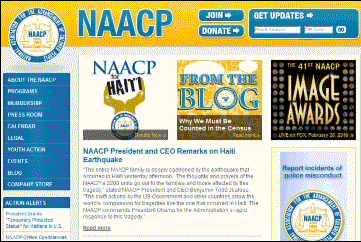
References
Ruth, A. (Summer, 1955). Coming to Iowa: Opportunities in the Hawkeye State. The Goldfinch 16, No. 4. Iowa City: State Historical Society of Iowa.
African American Historical and Cultural Museum. (2000). Our heritage: An introduction to 150 years of African-American history in the Cedar Valley. Waterloo, IA: Waterloo-Cedar Falls Courier.
Waterloo Evening Courier (October 2-18, 1911). Waterloo I.C. shopmen left places at 8 A.M. Newspaper Archive Microfilm (#47), Rod Library. Cedar Falls, IA: University of Northern Iowa.
US Census Report 1900, 1910, 1920, & 1930; Iowa Census 1895, 1905, 1915, & 1925
|
Community
|
Three key events of the 19th and early 20th centuries helped shape the early history of African-Americans in the Cedar Valley: the Civil War; the influence of the southern Iowa mining community of Buxton; and the Great Migration (Kinney, 2004), which brought many African-Americans here from Mississippi after the Illinois Central Railroad Worker STRIKE on October 2, 1911 (reported by Waterloo Evening Courier Newspaper, October 2, 1911). During the over 100-year history living in the Cedar Valley, Iowa, "African-American Iowans have overcome racism and discrimination to establish roots in Iowa and to better the lives of their families, friends and fellow citizens" (Ruth, 1955). When the mainstream social and professional organizations would not allow them to join, they established their own organizations and clubs. When the local real estate companies imposed Restrictive Covenant on non-Caucasian families, African Americans created communities so called Black Triangle to protect their children and families. They worked hard to fight for and finally won the rights to be the customers in Iowa's restaurants and coffee shops, to stay in Iowa's hotels and college dormitories, and to have equal opportunities getting education and developing businesses (Ruth, 1955), as well as choosing house locations (Kinney, 2004). African Americans have contributed to economic development and cultural richness in the Cedar Valley.
The following shows the slow growth of African American population in Waterloo from 1895 to 1930.
African American Population in Waterloo, Iowa
|
Year
|
1895 |
1900 |
1910 |
1915 |
1920 |
1925 |
1930 |
| African American |
*5
|
20 |
24 |
*395 |
837 |
*1,013 |
1214 |
| Male |
*2 |
10 |
15 |
*227 |
448 |
*506 |
613 |
| Female |
*3 |
10 |
9 |
*168 |
389 |
*507 |
601 |
|
Total Population in Waterloo
|
8,490 |
12,580 |
26,693 |
33,097 |
36,230 |
36,771 |
46,191 |
*All Colored in Waterloo; in1905, there was no colored person at Waterloo. Source: Iowa Census 1895, 1905, 1915, & 1925; US Census Report 1900, 1910, 1920, & 1930
For detailed information, please click the buttons above on History, Historical Sites, Leadership, Videos and Media, Education, and Links.
|
|